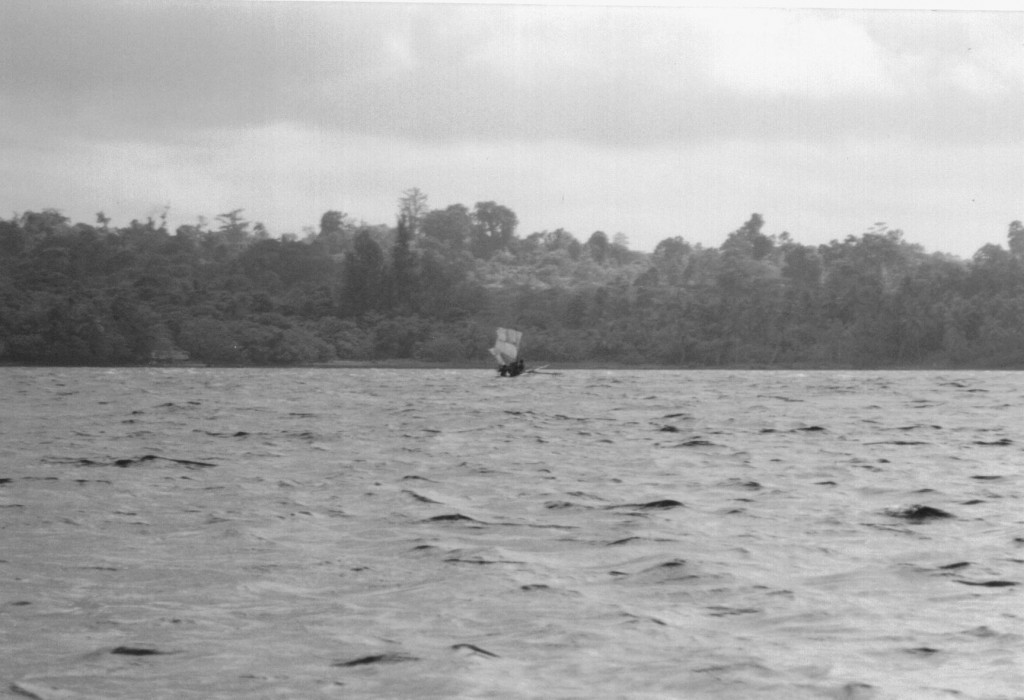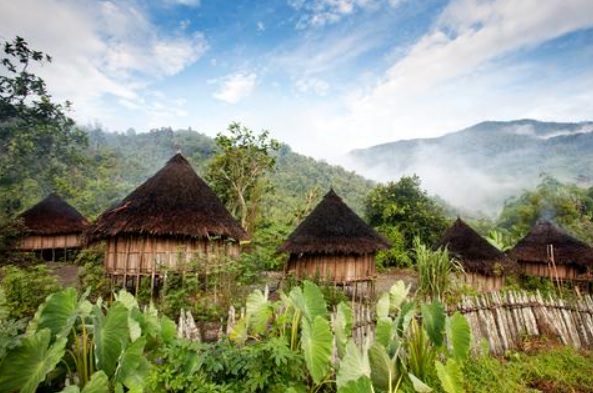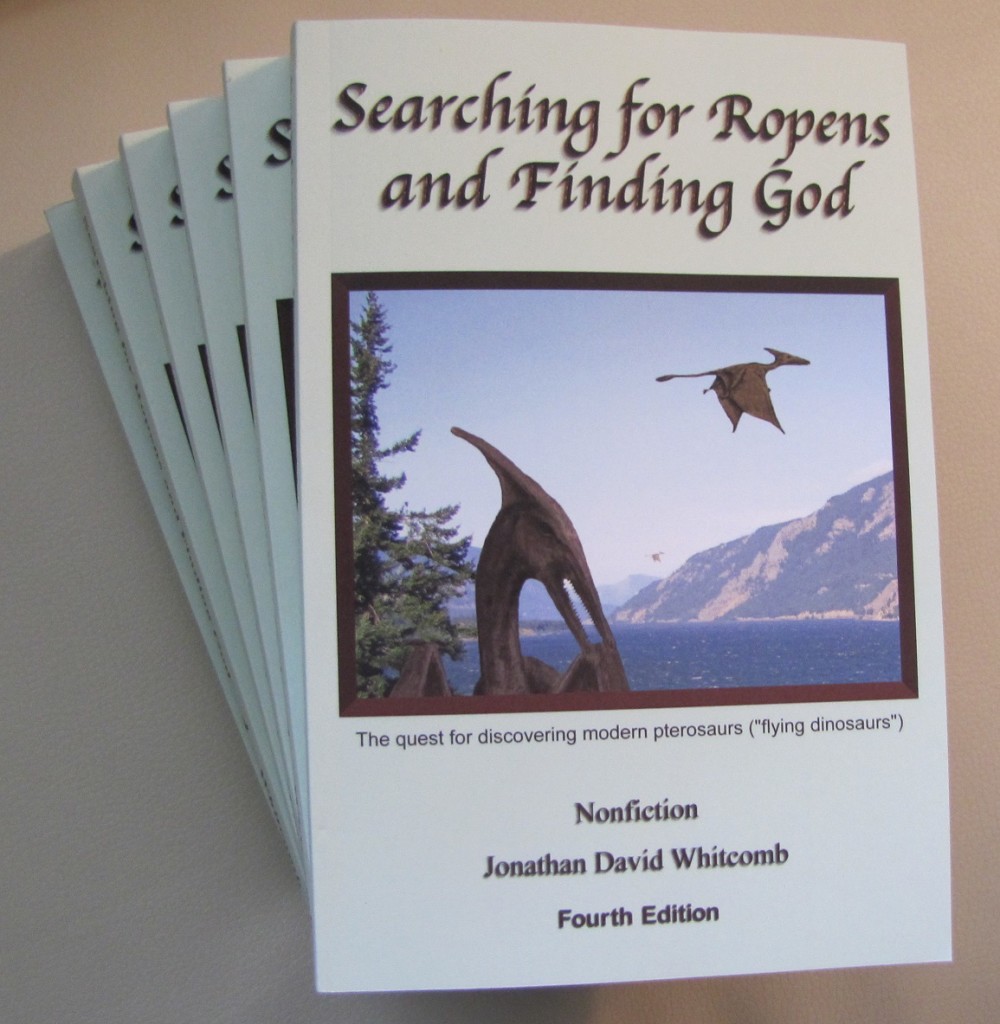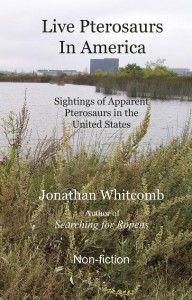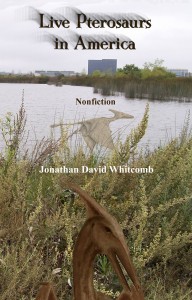By the nonfiction cryptozoology author Jonathan Whitcomb
Introduction
I assume at least two explorers are at a major crater lake on Umboi Island, Papua New Guinea, probably one of these lakes:
- Pung
- Malangpot
- Bono
I also assume that the explorers have obtained the needed permission, from local village leadership, to be there. I also assume the you know and understand the following:
I also assume that you know how to fly a drone well and are prepared to videotape (film) a flying bird, or at least one of the explorers has those skills. If not, learn and practice until at least one of you is proficient. Before getting to your crater-lake location on Umboi Island, I recommend practicing filming birds that are in flight.
A Few Simple Ideas for Filming a Ropen
Get the drone ready before making noise that could awaken a ropen. As the procedure progresses in circling the lake and yelling, be ready to launch the drone. Whether you launch before a sighting begins or not is your decision.
If a ropen flies over the lake, fly to get on one side of it, if possible. In other words, avoid getting directly in front of it or directly behind it, if you can.
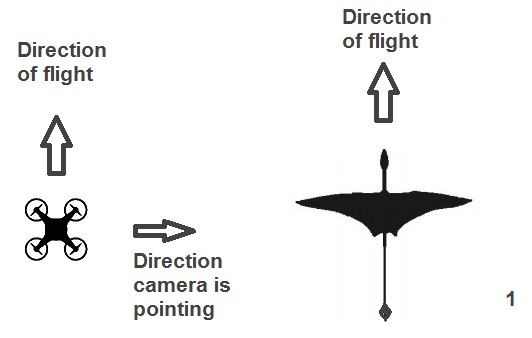
One way to film a ropen with a drone
If the drone gets closer to the ropen than you had planned, be prepared for the possibility that the animal may turn to approach the drone. It may be best, if they are very close to each other, to turn to get onto the tail side of the ropen, like World War II fighter pilots did in dog fighting.
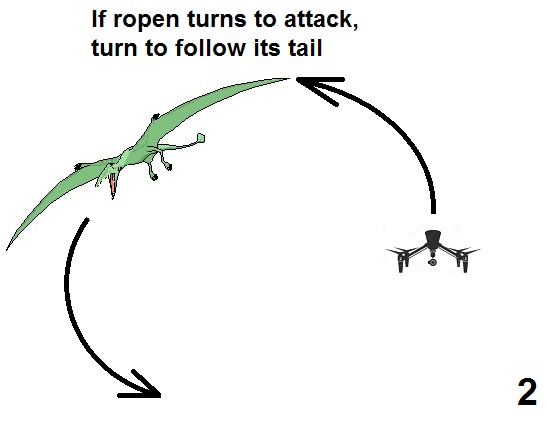
One way to avoid allowing the ropen to catch the drone
.
Final Message From Jonathan Whitcomb
Those are just some general suggestions for consideration. I take no responsibility for how any operates a drone and I take no responsibility for what happens should one or more persons attempt to film or photograph any ropen or any other flying creature.
###
.
How to Find the Ropen of Umboi
This is about how to get close enough to a ropen, on Umboi Island, (and under reasonable conditions) to be able to get reasonable photos and video footage of this featherless flying creature.
.
Pterosaurs still living in the southwest Pacific
Umboi Island, Papua New Guinea, is not the only place in the southwest Pacific where people see pterosaurs or pterosaur-like flying creatures . . . with a long tail and no sign of any feathers.
.
Several techniques for videotaping with a drone
.
Everything you wanted to know about non-extinct pterodactyls but you were afraid to admit that you’d seen one
.
In about 2004, two eyewitnesses saw an apparent pterosaur in Kerman, which is about 15 miles west of Fresno, California. The following is a small portion of an email I received from one of those eyewitnesses.
.
In the United States, it is called “flying creature” or “pterodactyl” or “dinosaur bird” or “prehistoric bird.” Sometimes it’s called “pterosaur” or “ropen.”
.
Pterosaurs in Papua New Guinea
Pterodactyl Kills Fisherman
.
Woetzel and Guessman and their interpreter Jacob Kepas flew to the southern coast of Umboi, where they soon took a banana boat around the eastern coast. The first part of their exploring was on the northern side of the island, but for now I will cover just one of their discoveries: the clam-eating of the ropen.
.




